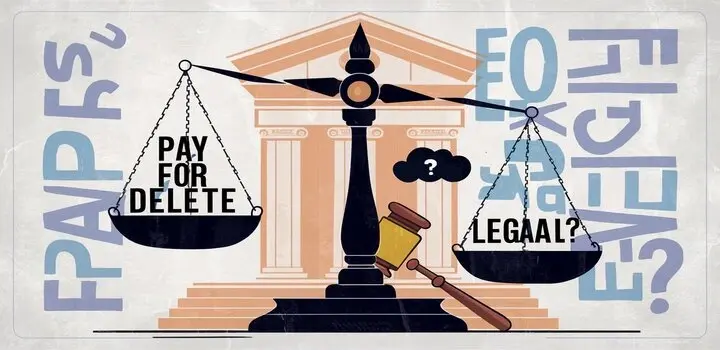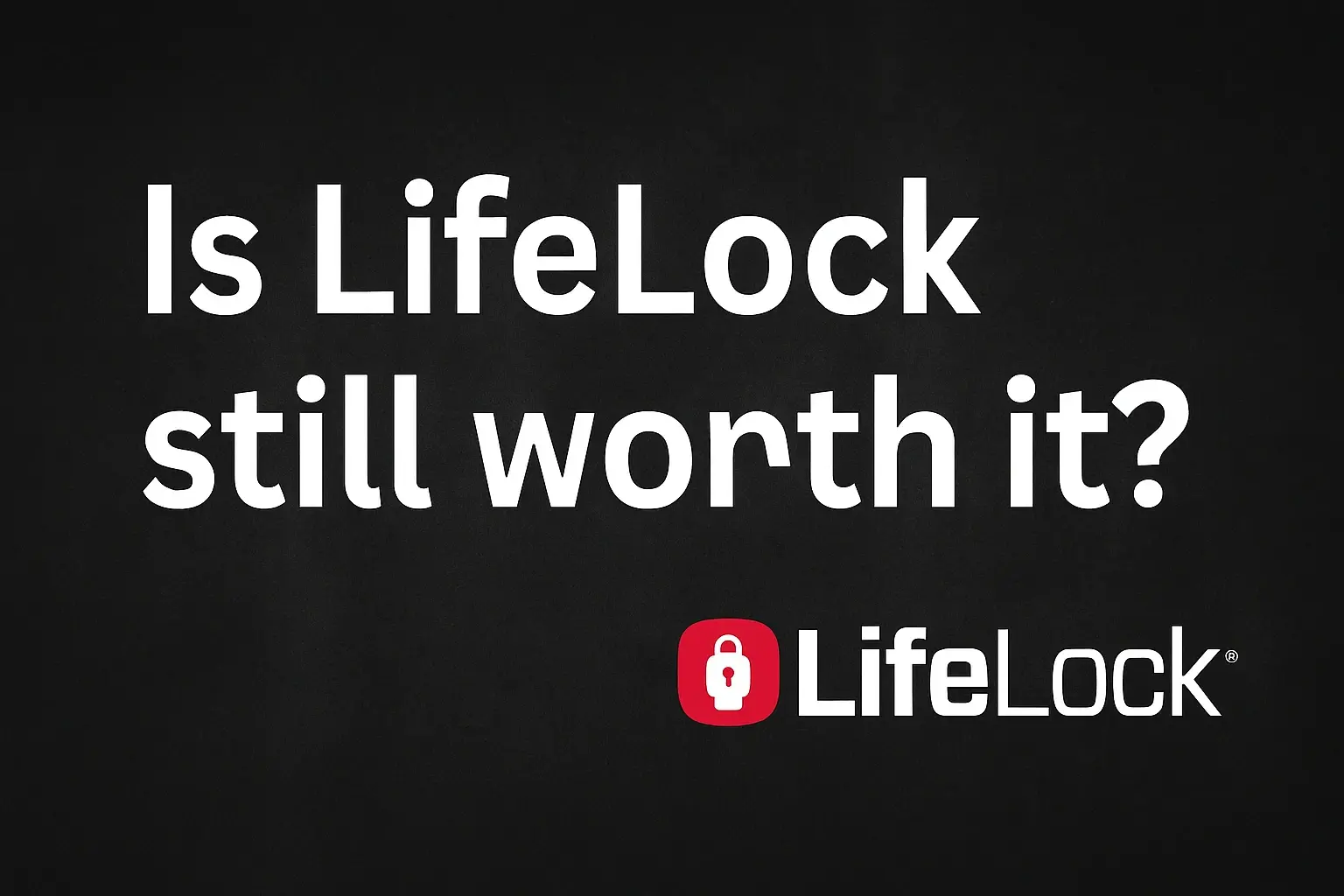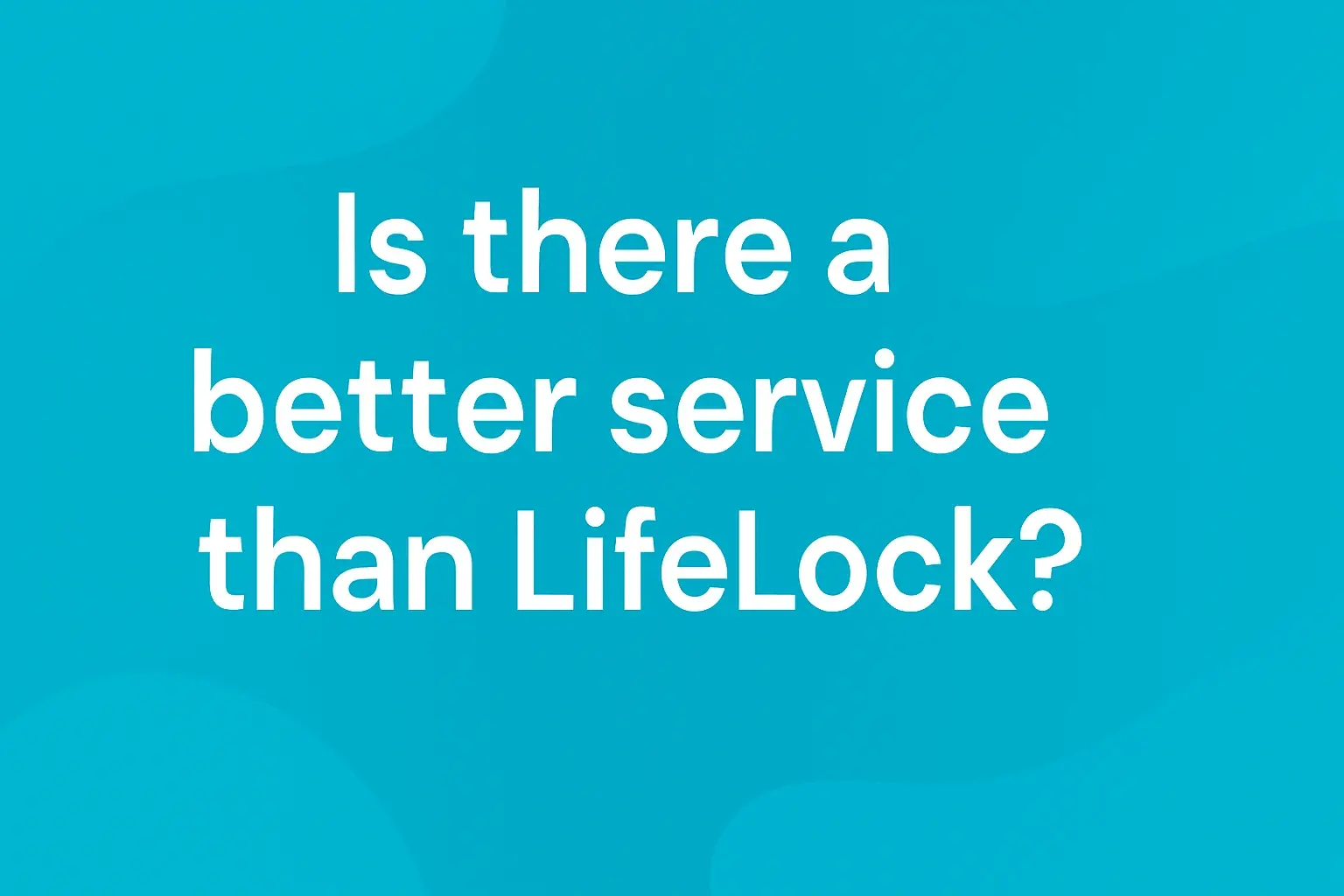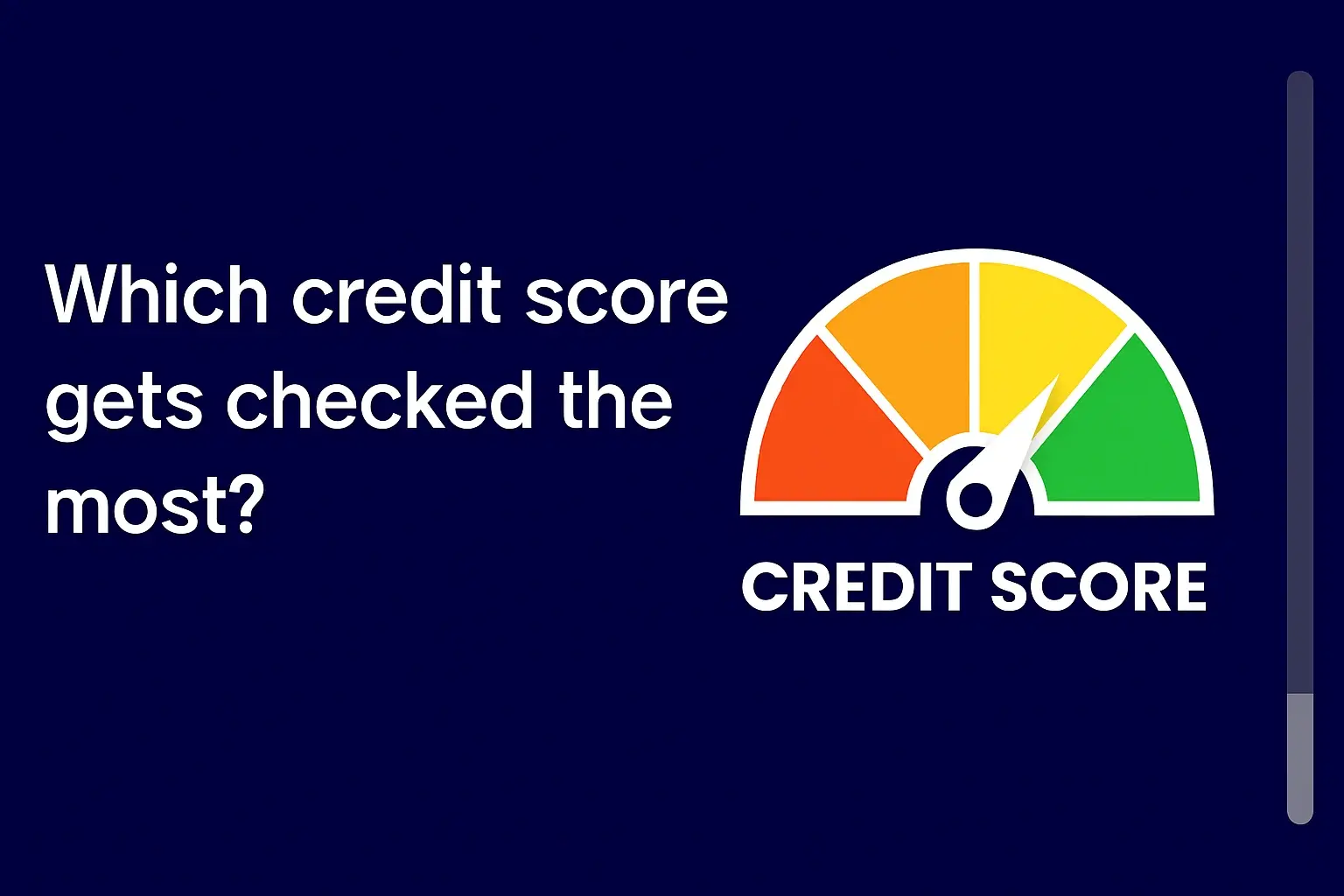-
Posted on: 30 Jul 2024
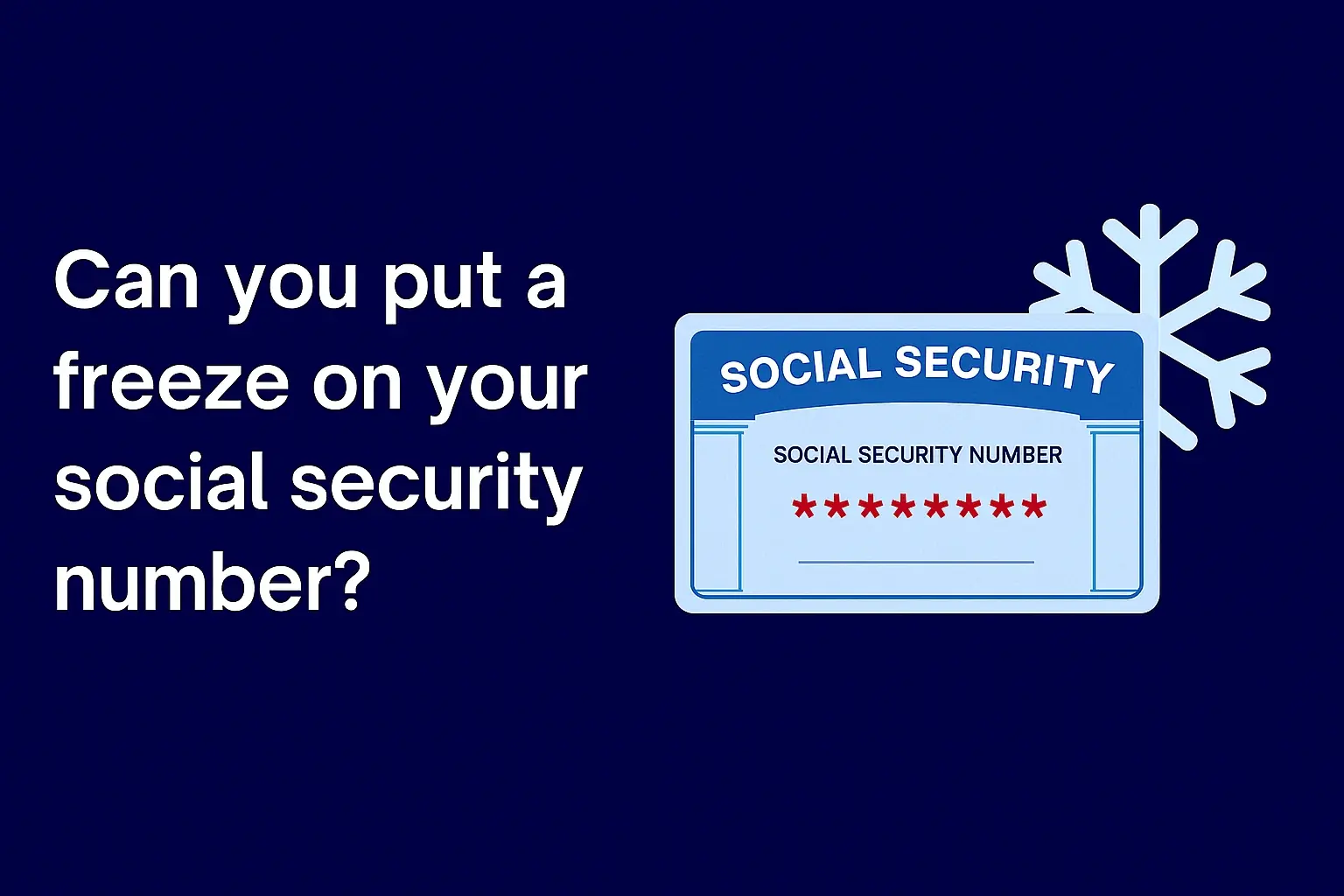
-
Protecting your Social Security number (SSN) is crucial in today's digital age. With the rise of identity theft and data breaches, many people are understandably concerned about the security of their most sensitive information. One question that frequently arises is: "Can you freeze your Social Security number to prevent fraudulent activity?" The answer is nuanced and requires a thorough understanding of the tools and protections available.
Understanding the Landscape of Identity Theft and Your SSN
Your Social Security number is more than just an identification number. It's a key to your financial identity, used by banks, credit card companies, employers, and government agencies. If someone gains access to your SSN, they could potentially open credit accounts in your name, file fraudulent tax returns, obtain medical services, or even apply for government benefits. The consequences of identity theft can be devastating, impacting your credit score, financial stability, and overall peace of mind.
Data breaches, phishing scams, and simple theft are just a few of the ways your SSN can be compromised. Once stolen, it can be bought and sold on the dark web, making it accessible to criminals worldwide.
The Truth About Freezing Your Social Security Number
While the concept of "freezing" your Social Security number might sound appealing, it's important to understand that there's no official mechanism in place to directly freeze your SSN in the same way you can freeze your credit report. The Social Security Administration (SSA) doesn't offer a service that allows you to lock down your SSN to prevent its misuse.
This is a crucial distinction to make. You *can* freeze your credit reports (more on that later), but you cannot directly freeze your SSN through the SSA.
Why Can't You Directly Freeze Your Social Security Number?
The reason you can't directly freeze your SSN lies in the fundamental purpose and function of the Social Security Administration. The SSA needs access to your SSN to administer benefits, track earnings, and fulfill its mandated responsibilities. A complete freeze would hinder these essential functions.
Imagine the implications if the SSA couldn't verify your identity for retirement benefits because your SSN was frozen. The system relies on readily available access to this information for legitimate purposes.
Alternatives to Freezing Your Social Security Number: Protecting Your Identity
While you can't put a hard freeze on your SSN, there are several proactive steps you can take to protect your identity and minimize the risk of fraud. These strategies offer a layered approach to security, making it more difficult for criminals to misuse your SSN.
1. Credit Freezes (Security Freezes)
This is arguably the most effective tool available to protect yourself from identity theft. A credit freeze (also known as a security freeze) restricts access to your credit report, making it difficult for fraudsters to open new accounts in your name. When a lender attempts to check your credit report to approve a new application, the freeze will prevent them from accessing the information. This effectively blocks unauthorized credit applications.
You can place a credit freeze on your credit reports with each of the three major credit bureaus:
Equifax: Equifax Freeze
Experian: Experian Freeze
TransUnion: TransUnion Freeze
The best part? Placing and lifting a credit freeze is now free for all U.S. consumers.
How to Place a Credit Freeze:
Visit each credit bureau's website: Use the links provided above.
Create an account or log in to an existing account: You'll need to provide personal information to verify your identity.
Follow the instructions to place a security freeze: The process is generally straightforward.
How to Lift a Credit Freeze:
When you need to apply for credit (e.g., a loan, a new credit card), you'll need to temporarily lift the freeze. You can do this online, by phone, or by mail. You'll typically need to provide your PIN or security information.
2. Fraud Alerts
A fraud alert is a notice placed on your credit report that alerts lenders to potential fraud. It requires them to take extra steps to verify your identity before approving any new credit applications. There are two types of fraud alerts:
Initial Fraud Alert: Lasts for one year. Requires lenders to take reasonable steps to verify your identity.
Extended Fraud Alert: Lasts for seven years. Requires you to file a police report regarding identity theft. Provides more comprehensive protection.
When you place a fraud alert with one of the three major credit bureaus, they are required to notify the other two, so you don't have to contact each bureau individually.
3. Monitoring Your Credit Reports Regularly
Checking your credit reports regularly allows you to identify any suspicious activity, such as unauthorized accounts or incorrect information. You're entitled to a free credit report from each of the three major credit bureaus every 12 months. You can access these reports through AnnualCreditReport.com.
In addition to the free annual reports, you can also consider subscribing to a credit monitoring service. These services typically provide real-time alerts whenever there are changes to your credit report, such as new accounts opened or changes to your personal information.
4. Strengthening Your Online Security
Many identity theft schemes originate online. Here are some ways to bolster your online security:
Use strong, unique passwords: Avoid using the same password for multiple accounts. Use a password manager to generate and store complex passwords.
Enable two-factor authentication (2FA): 2FA adds an extra layer of security by requiring a second form of verification, such as a code sent to your phone, in addition to your password.
Be wary of phishing emails and scams: Never click on suspicious links or provide personal information in response to unsolicited emails or phone calls.
Keep your software updated: Install security updates for your operating system, web browser, and other software to patch vulnerabilities that could be exploited by hackers.
Use a reputable antivirus program: Protect your devices from malware and viruses that can steal your personal information.
5. Protecting Your Physical SSN Card
While digital security is paramount, don't neglect the physical security of your SSN card. Avoid carrying your Social Security card in your wallet or purse unless absolutely necessary. Store it in a secure location at home, such as a locked safe or file cabinet.
6. Being Proactive with the Social Security Administration
While the SSA doesn't offer a freeze, they do offer resources to help protect your Social Security number. You can create a "my Social Security" account to track your earnings and benefits. Regularly monitoring your account can help you spot any suspicious activity or discrepancies.
If you suspect that someone is using your SSN fraudulently, report it immediately to the Social Security Administration's Office of the Inspector General. You can find information on how to report fraud on the SSA's website.
The Importance of Staying Informed
The landscape of identity theft is constantly evolving, so it's essential to stay informed about the latest threats and security measures. Regularly check the websites of the Social Security Administration, the Federal Trade Commission (FTC), and the major credit bureaus for updates and tips on protecting your identity.
What to Do If Your Social Security Number is Compromised
If you suspect that your Social Security number has been compromised, take immediate action:
File a report with the Federal Trade Commission (FTC): You can file a report online at IdentityTheft.gov.
File a police report: This is especially important if you become a victim of identity theft.
Contact the Social Security Administration: Report the suspected fraud to the SSA's Office of the Inspector General.
Place a fraud alert or security freeze on your credit reports: As described above.
Monitor your credit reports closely: Watch for any suspicious activity.
Consider an identity theft protection service: These services can help you monitor your credit and provide assistance if you become a victim of identity theft.

